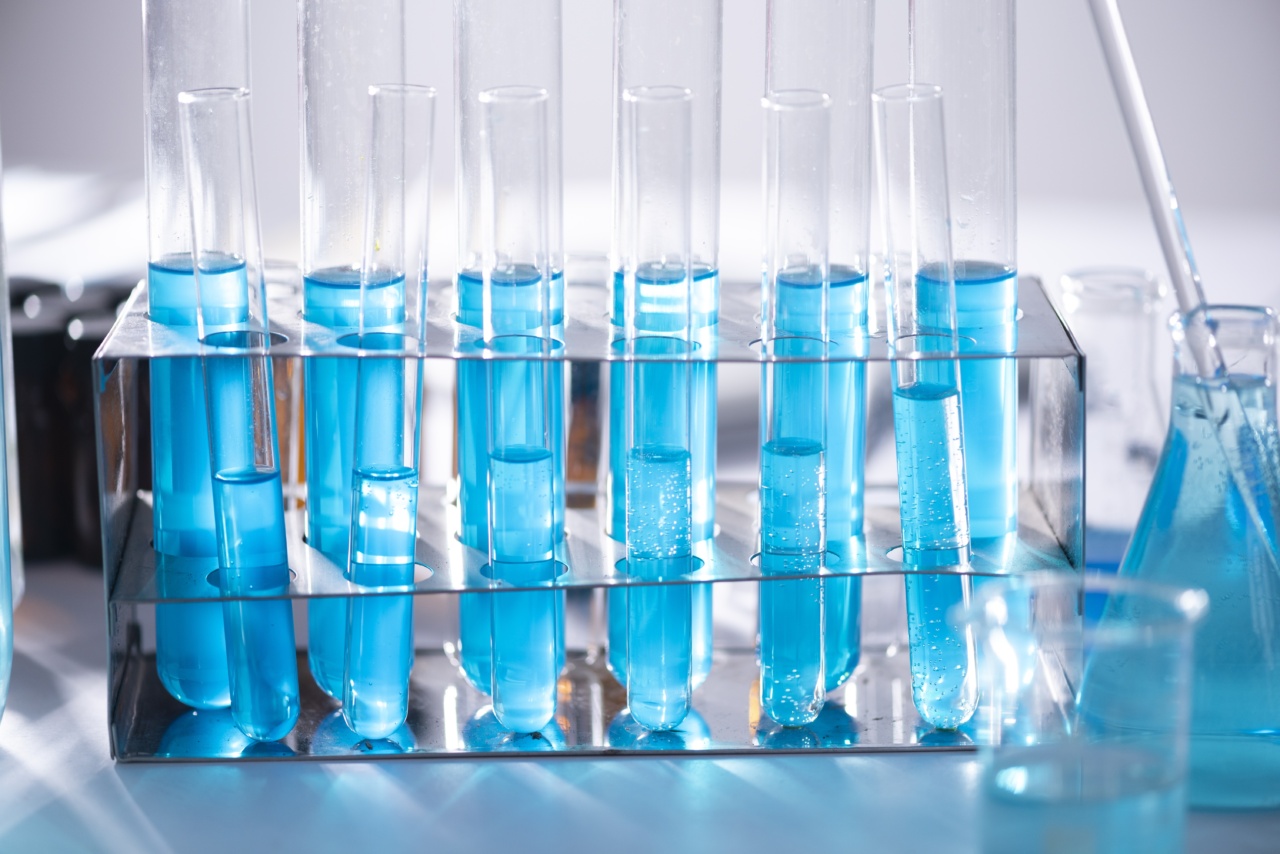Dandruff is a common scalp condition that affects millions of people worldwide. It is characterized by the presence of white flakes on the scalp and can be accompanied by itching and irritation.
While dandruff is not a serious medical condition, it can be embarrassing and cause self-esteem issues for those who experience it.
What Causes Dandruff?
The exact cause of dandruff is still not fully understood, but it is believed to be influenced by several factors. One of the significant factors is the imbalance in the scalp’s natural bacteria.
The human scalp is home to several types of bacteria, fungi, and yeast. When these microorganisms are in balance, they help maintain a healthy scalp environment. However, when the balance is disrupted, it can lead to dandruff formation.
The Role of Malassezia
One particular type of yeast called Malassezia has been strongly linked to dandruff. Malassezia is a normal resident of the scalp, but in individuals prone to dandruff, it tends to proliferate abnormally.
This overgrowth of Malassezia triggers an inflammatory response from the immune system, leading to scalp irritation and the shedding of dead skin cells in the form of flakes.
The Importance of Scalp Microbiome
The human scalp, like other parts of the body, has its own unique microbiome. The scalp microbiome consists of various bacteria, fungi, and other microorganisms that coexist in harmony.
These microorganisms play a vital role in maintaining scalp health by preventing the overgrowth of harmful bacteria and regulating the scalp’s pH balance.
Imbalance in Scalp Bacteria and Dandruff
When the balance of scalp bacteria is disrupted, it can pave the way for the overgrowth of Malassezia and other harmful microorganisms. One common factor contributing to this imbalance is excessive oil production by the scalp glands.
The excess oil, known as sebum, provides the perfect environment for Malassezia to thrive.
In addition to excess oil, other factors such as hormonal changes, stress, certain medications, and even weather conditions can disrupt the balance of scalp bacteria.
For example, cold and dry weather can cause the scalp to become dry, leading to flakiness and dandruff.
Effects of Scalp Bacteria Imbalance
When the scalp’s bacterial balance is upset, it can cause several effects that contribute to the development of dandruff. Firstly, the overgrowth of Malassezia triggers an immune response, resulting in inflammation and irritation of the scalp.
This inflammation can lead to itching, redness, and discomfort.
Furthermore, the excessive growth of Malassezia and other harmful bacteria can disrupt the normal skin cell turnover process. Normally, the outermost layer of skin cells on the scalp sheds and is replaced by new cells.
However, in individuals with dandruff, this process is accelerated, leading to an increased appearance of flakes on the scalp.
Treating Imbalanced Scalp Bacteria and Dandruff
The treatment of dandruff involves addressing the underlying cause, including the imbalance in scalp bacteria. There are several approaches to treating dandruff and rebalancing the scalp microbiome:.
1. Regular Hair Washing:
Keeping the scalp clean and free from excessive oil can help prevent the overgrowth of Malassezia and reduce dandruff symptoms.
2. Anti-Dandruff Shampoos:
Using anti-dandruff shampoos that contain active ingredients like ketoconazole, selenium sulfide, or zinc pyrithione can help control the growth of Malassezia and reduce flaking.
3. Natural Remedies:
Some natural remedies, such as tea tree oil and apple cider vinegar, have antimicrobial properties that may help rebalance the scalp’s bacteria and alleviate dandruff.
4. Healthy Diet and Lifestyle:
A well-balanced diet and a healthy lifestyle can contribute to overall scalp health. Consuming a diet rich in vitamins, minerals, and antioxidants can support a healthy scalp environment.
Preventing Imbalanced Scalp Bacteria and Dandruff
While it may not be possible to completely prevent the occurrence of dandruff, there are steps you can take to minimize the risk of scalp bacteria imbalance and dandruff:.
1. Practice Good Hygiene:
Regularly shampooing your hair and keeping your scalp clean can help maintain a healthy balance of scalp bacteria.
2. Avoid Harsh Hair Products:
Some hair products contain chemicals that can irritate the scalp and disrupt its bacterial balance. Opt for gentle shampoos and conditioners.
3. Manage Stress:
Stress can have a negative impact on overall health, including the balance of scalp bacteria. Engage in stress-reducing activities such as meditation, exercise, or hobbies.
Conclusion
Dandruff, characterized by flaking and itching of the scalp, is often linked to an imbalance in scalp bacteria. The overgrowth of Malassezia, a type of yeast, is a significant contributor to dandruff formation.
Maintaining a healthy balance of scalp bacteria through proper hygiene, the use of anti-dandruff shampoos, and a healthy lifestyle can help alleviate dandruff symptoms. By understanding the link between imbalanced scalp bacteria and dandruff, individuals can take proactive steps to promote scalp health and reduce the occurrence of dandruff.






























